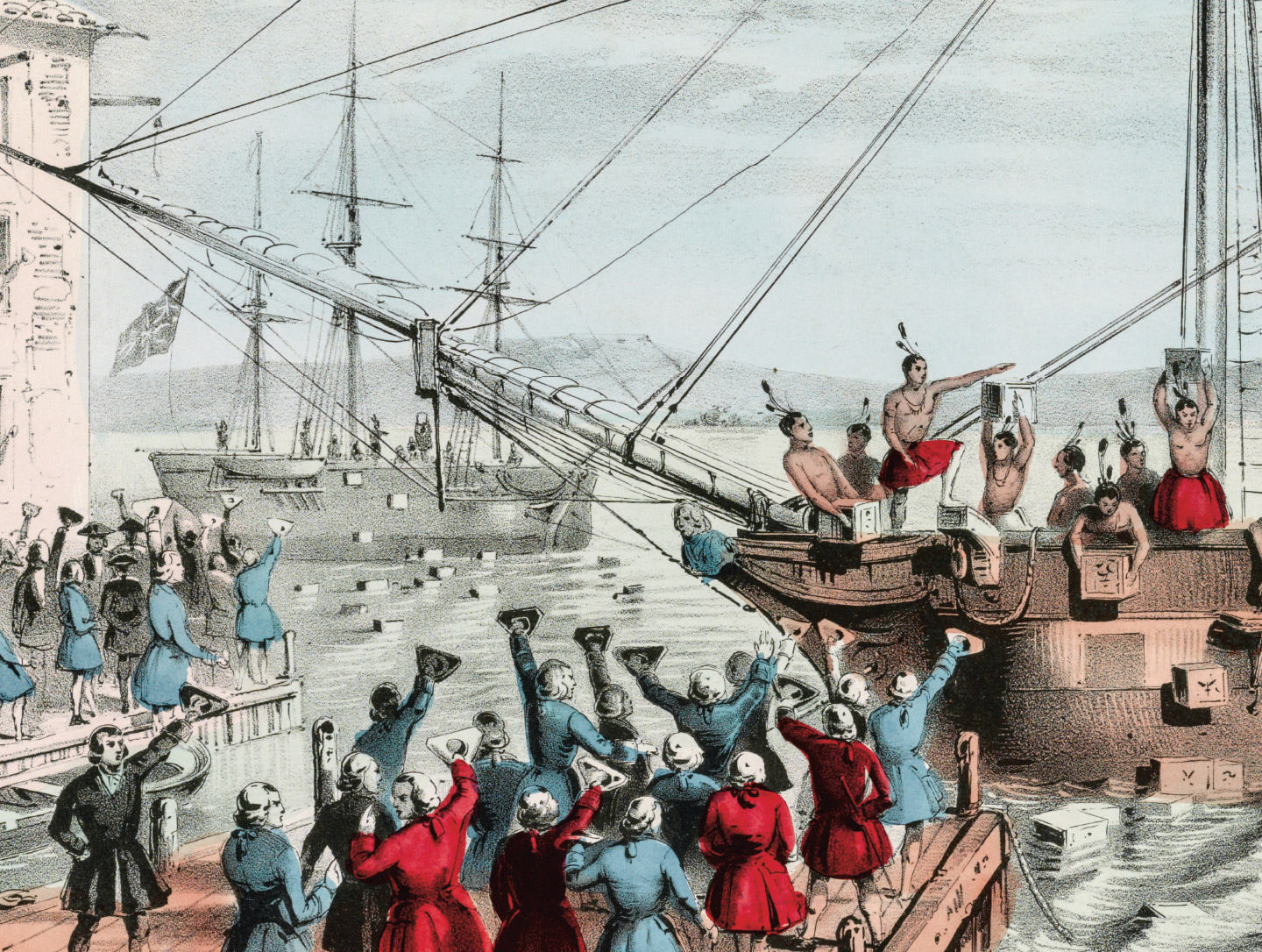In the mid-1960s, U.S. involvement in the Vietnam War and a military draft ignited a new wave of resistance among liberal Americans, particularly young people. They believed the nation was needlessly meddling in another country’s civil war—one that ended up costing more than 58,000 American lives.
Inspired by civil rights campaigns, activists engaged in different forms of protest, including staging sit-ins at universities and burning draft cards. Marches were crucial as well. On Oct. 15, 1969, about 2 million people rallied across the country to show their opposition to the war. Historians say the protests were a major reason the U.S. withdrew its troops from Vietnam in 1973.
Conservatives have also used protest as a tool to bring about change. In 2009, following the election of President Barack Obama, groups of concerned citizens began showing up at town hall meetings. Many objected to the Affordable Care Act (also called Obamacare), which they believed would burden them with higher taxes and healthcare costs. Protesters also voiced long-held grievances over gun rights, undocumented immigrants, and the government’s expanding role in Americans’ lives.
This new movement soon called itself the Tea Party, a tribute to the original American protest against government control. What made it especially effective, experts say, is that Tea Partiers didn’t just demonstrate; they also got involved in their communities and voted for members of Congress who supported their views. Many believe that the dissent the Tea Partiers stirred up among conservatives helped contribute to the election of President Trump last year.
Today, experts say, we may be in the most active time for protest since the 1960s. Meyer says a new surge of resistance began in 2011 with the Occupy Wall Street movement, an outcry against economic inequality in America. For months, thousands of people in New York City staged a sit-in near Wall Street, a symbol of banking and wealth. The movement spread to other cities, energizing a new generation of young activists.
Then, in 2013, a movement known as Black Lives Matter formed in response to a series of high-profile shootings of African-Americans by police. The protests fueled a national conversation about racial discrimination in the criminal justice system.

